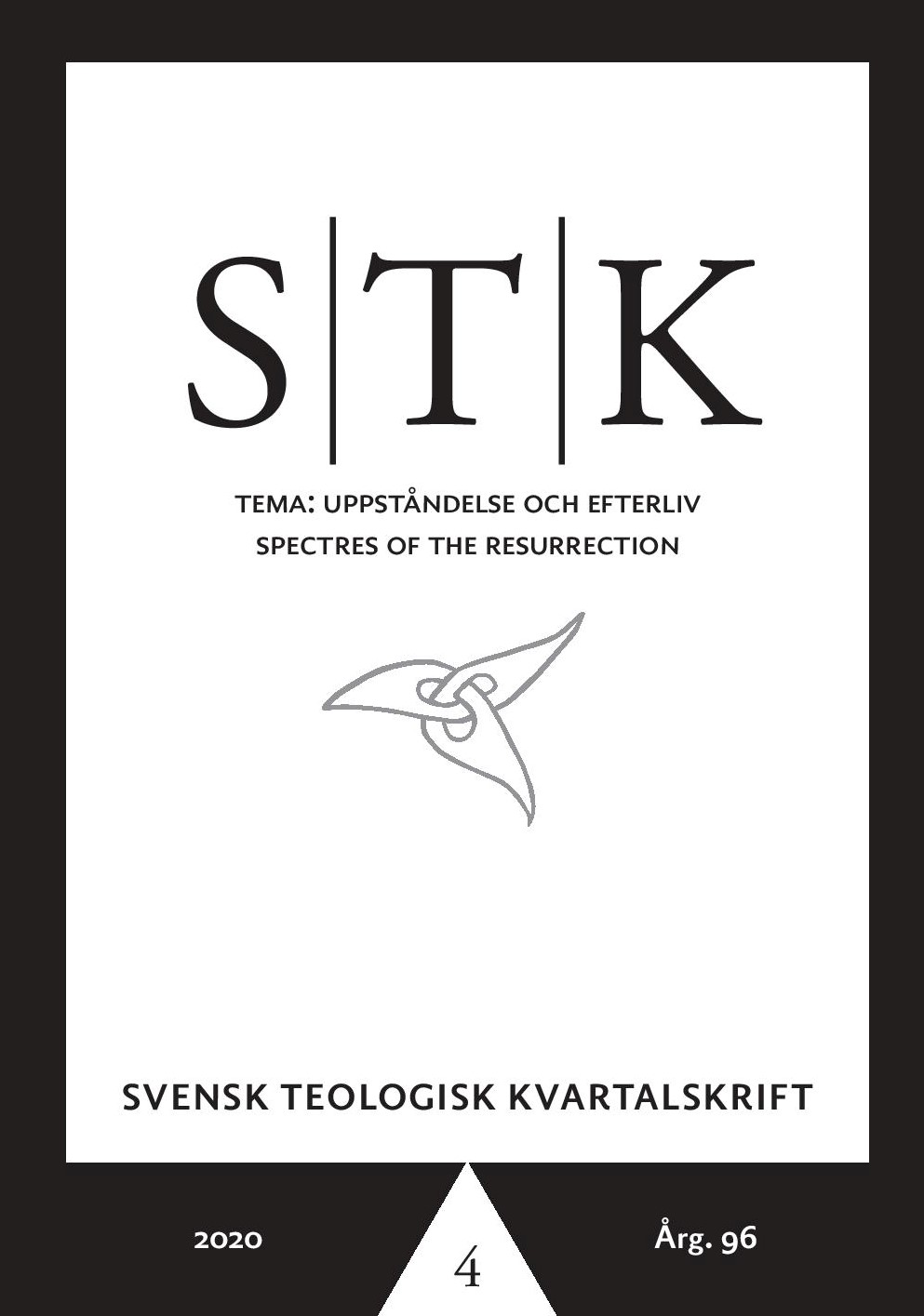The Afterlife of Object Theory
Towards a Logic of Spirits
Abstract
Two of the most influential theories to emerge in German thought before the First World War were the object theory (Gegendstandstheorie) of Alexius Meinong and the phenomenology of Edmund Husserl. Both theories descend from the work of their teacher, the Austrian psychologist and philosopher Franz Brentano. In this essay I focus on object theory, although a similar story can be told about the development of phenomenology. I will explore the way that Meinong's object theory provided the foundation for a realist account of the afterlife as a form of personal conscious existence in a realm of transcendental intentional objects. The philosophers who develop this account of the afterlife are Ernst Mally and John Niemeyer Findlay, Mally's student. Mally provides the theoretical groundwork for a theory of the afterlife, and Findlay gives the theory its full-fledged exposition. Both philosophers base their work on Alexius Meinong's intensional logic, the heart of object theory. My presentation of their views is intended to provide a glimpse into a relatively unstudied aspect of modern philosophy, what could be called the logic of the afterlife.
Downloads
Publicerad
Versioner
- 2021-06-28 (2)
- 2020-12-21 (1)
Nummer
Sektion
Licens
Copyright (c) 2020 Bruce Rosenstock

Detta verk är licensierat under en Creative Commons Erkännande-Ickekommersiell-IngaBearbetningar 4.0 Internationell-licens.


